Incrimination of the Idea of Hindu Nationhood
By Smita Mukerji with Swapnil Hasabnis
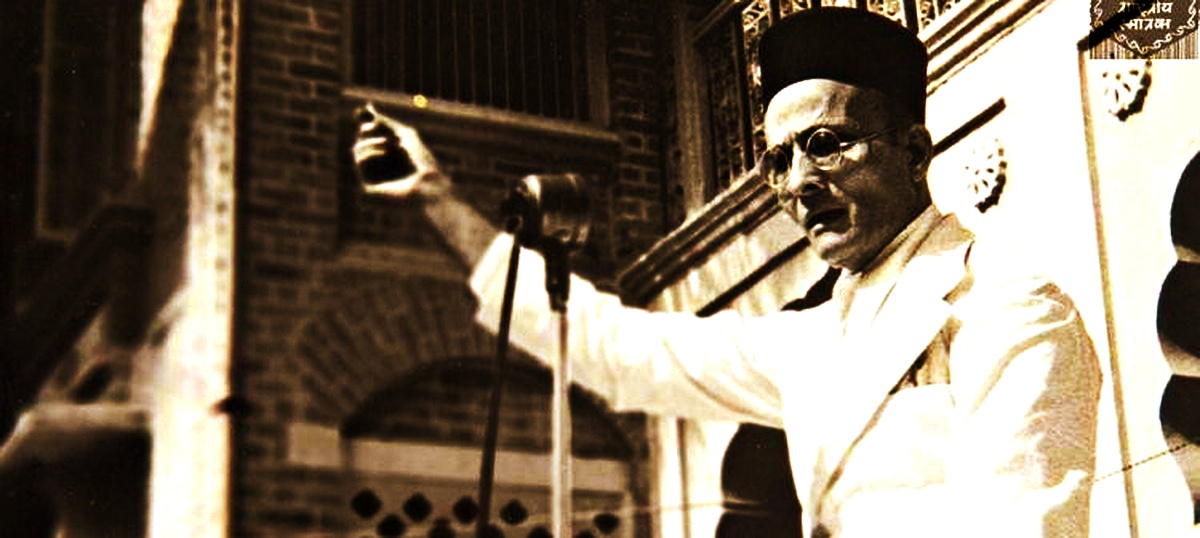
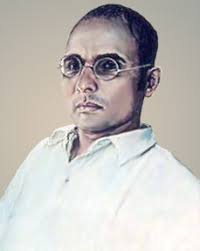
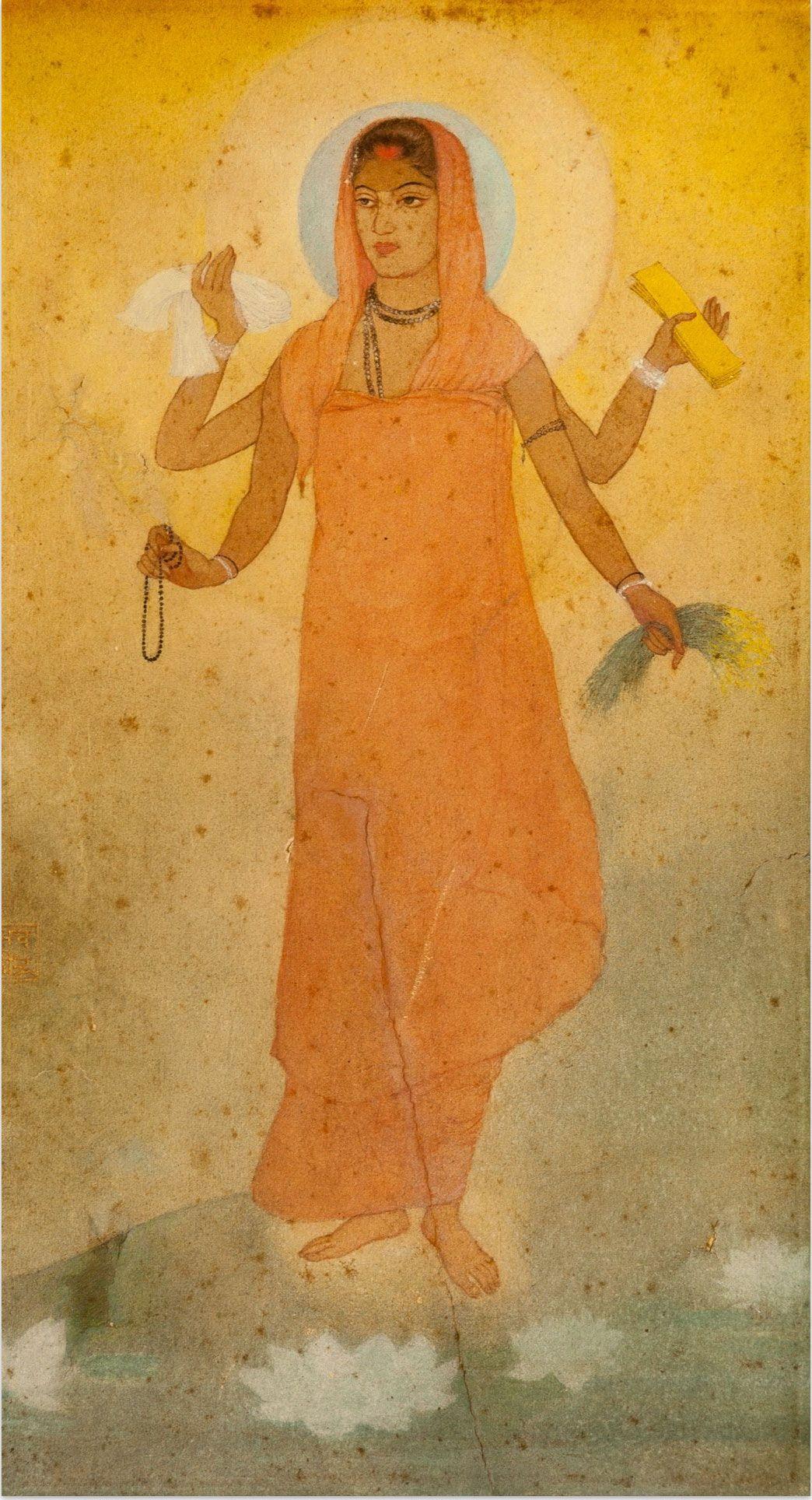
One of the earliest conceptualisations of Hindu nationhood, or Hindutva, was put forth by Vinayak Damodar Savarkar, a freedom fighter, social reformer and activist, and above all a devotee of the Motherland, the Hindu idea of nation as mother, that in time came to be associated singularly with his personality alone. Today, February 26, the anniversary of Savarkar’s death, is an apt time to take a look at how this most ennobling and elevating articulation of the self-concept of a people came to be regarded as pernicious to the nation it was meant to serve.
The origins of this colossal falsification can be traced back to the breaking away in 1907 of the Garam Dal (‘Fiery Group’) faction of the Indian National Congress, of which the greater part of members advocated a conciliatory or ‘constitutional’ approach to British rule. Indeed it had been founded with this very intent to be an extension of colonial control through marginal share of power with natives, certainly not that of complete freedom of self-determination, or swarajya, the central idea with which the Garam Dal had been founded by the trio of Bal Gangadhar Tilak – Bipin Chandra Pal – Lala Lajpat Rai, apparently having seen through this dissimulation of the colonialists to minimise obstruction to their single point aim of milking their colonies for as long as they could. To put it plainly, the Congress from its very inception was a political entity comprised of Indian natives who were accomplices of British rule, not in the smallest measure the deliverers of India’s native multitudes. The mainspring of the conflict therefore between Hindu nationalists and the Congress lay right there, which was not so much an ideological divergence as much as a case of diametrically opposing interests, the first being that of undiluted commitment to India as a sovereign unit, and the latter that would compromise this for fulfilling self-goals through any means, which at that point had been to rule over the masses of India under the aegis of the Raj.
It was the vision of an uncompromised, proud nationhood of the Garam Dal that inspired Savarkar.
Not insignificant to this picture was the Muslim community of India, which though was hostile to British rule and unlike the Congress coadjutors, relatively incorruptible in their allegiances, these however were not founded in filiality with the land of their birth, but an ideological mooring completely removed from it and one that in fact ran counter to it: pan-Islamism. Savarkar was one of the first persons to discern these motivations in Indian Muslims when he explored the views of members of their community on the idea of nation. It is no surprise therefore that when he honestly placed these findings in his exposition of Hindutva (idea of ‘Hinduness’ as essential cultural-civilisational identity of Indians) and Hindu rashtra (Hindu nation), these were flagged by his ideological and political opponents as ‘religious extremism’, a red herring repeated in infinite loop ever since to distract from their own selfish motives. This created the polarisation in Indian political discourse with the Congress assuming a ‘secular’ veneer and appeasement of Muslims their staple policy, to contrast it with the alleged ‘extremist Hindu nationalist forces’.
Unfortunately for our nation, the manner in which India gained its independence, it was these impulsions that gained ascendency, and not those that sought to build a nation unified in consciousness with the love of the motherland. It was no wonder that, in the absence of this higher ideal that was meant to eradicate delineations and discriminations based on creed, caste and community, the Indian nation since 1947 lapsed into a course of purposelessness and general moral decline marked by unscrupulous pursuit of self-goals, ever narrowing identities and interest groups, venality, communal violence and subversive ideologies tearing its fabric apart.
However, the forced secularism and tendency of appeasement of Muslims did not find the favour of some notable stalwarts within the Congress itself, among them, Pandit Madan Mohan Malviya, who formed the Akhil Bharatiya Hindu Mahasabha after a formal initial convention in 1910 in Allahabad, to safeguard the interests of the Hindu community, especially in view of the formation of the All India Muslim League in 1906. Savarkar would become one of the most influential members of the Mahasabha subsequently.
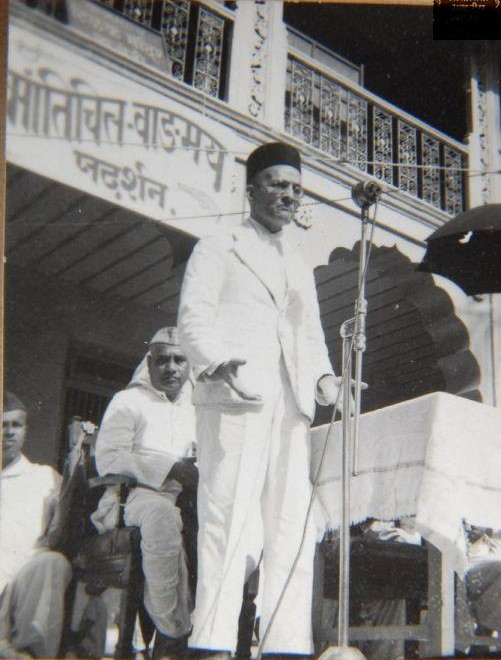
The struggle for independence evoked in many an Indian a deep love for their suffering motherland who were all the more pained at the nefarious dealings of some key leaders of the Congress, who eventually hijacked the freedom movement to wrest control of newly freed India and effected its dismemberment, in a deadly game of power that displaced almost 14 million people and left a couple of millions dead. One man to whom this most vile betrayal appeared an inexpiable crime was, Nathuram Vinayak Godse.
On January 30, 1948 Mohandas Karamchand Gandhi was shot fatally in Birla House in Delhi by Godse. Gandhi’s fasting and blackmailing tactics to impose unilateral non-violence on the Hindu community, he thought, had defanged the Hindus leaving them vulnerable to murderous mobs of armed Muslims unleashed in the years immediately preceding independence (a feeling shared by many at that time). He saw Gandhi’s overtures to negotiate with Mohammad Ali Jinnah and concessions to Muslim separatists, as a treacherous capitulation which led to the formation of Pakistan. The two polarities had become irreconcilable.
Though Godse had claimed complete responsibility for the killing, nine people, all Hindu Mahasabha members were arrested and charged in the murder trial, among them, the 65-year old ex-President of the Mahasabha, Savarkar, named as “mastermind” in the plot. Though just a day before, on February 7, 1948 Savarkar had written in the Mumbai Times of India clearing the Mahasabha’s stand in a public declaration, which termed Gandhi’s assassination as a “fratricidal crime”. The allegation was based, as it turned out, entirely on prejudice on account of his strident criticisms of Gandhi and sought to be proved on the strength of an approver’s statement. This was prompted apparently by the political motivations of his detractors, a defamation that would be carried out forever to become the permanent feature of the ideological cleft, a tool for sainting the Congress’s position and incriminating the idea of Hindu nationhood as a radical, illegitimate philosophy.
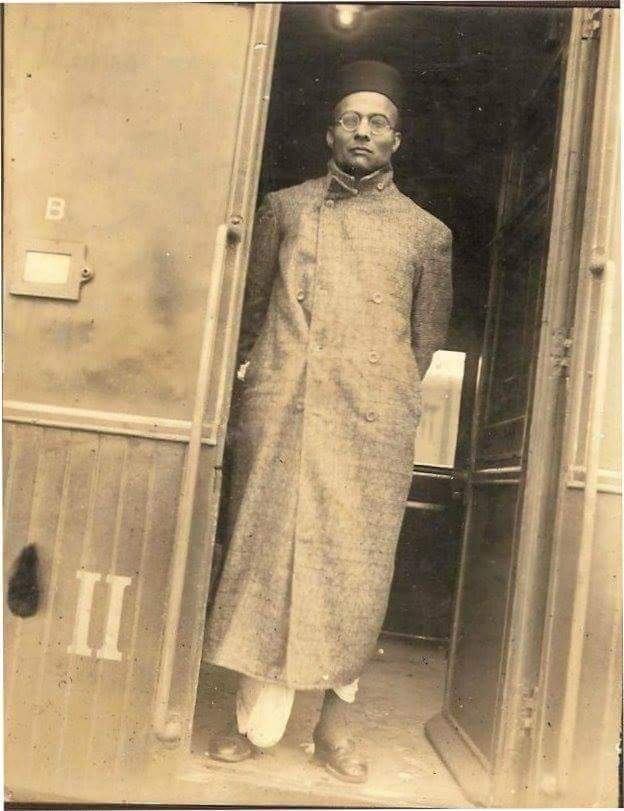
Savarkar was acquitted for lack of credible evidence, but that did not end the arraignment against him and Hindutva as a philopsphy. In the following years, he was harassed by the Indian State with the Congress at its helm now, arrested on the pretext of giving “Hindu nationalist speeches” and banned from political activity through numerous contrivances. This led to complete marginalisation of the Hindu Mahasabha from mainstream politics, as also vilification of the lofty, unifying, patriotic idea of Hindutva and all political groups which were its adherents, like the Rashtriya Swayamsewak Sangh and Bharatiya Jana Sangh, persecuted by successive Congress dispensations, with the political left now steadily arrayed with it, which came to dominate the academia, labelling it disparagingly as the ‘right wing’.
This most unfair, calumnious portrayal of the aspiration of a people to assert themselves as a civilisation after a millennium of devastation wrought upon it by invaders became the dominant narrative. And it was not through inadvertent causes but deliberate means through which this was achieved, concerted propaganda carried out through academics, mainstream media narrative, popular culture, abuse of power of state apparatus and judicial system. One longstanding case particularly brings this point home.
In March 2018, a landmark decision by the Supreme Court India went unnoticed, largely ignored by the media in spite of it being related to one of the most talked about murder trials in India: the assassination of M. K Gandhi. The judgement appertains to a writ-petition filed in year 2016 to review the findings of the Kapur Commission, among others.
The events leading to the death of Gandhi and its aftermath, never ceased to be used by leftist demagogues and those professing ‘secularism’ to reinforce their ideological position. Many leftist politicians, journalists and historians over the years have made spurious claims that “Vinayak Damodar Savarkar turned his back on his lieutenants in order to escape charges in Gandhi’s murder. But a commission established his guilt posthumously”, implying that Savarkar escaped conviction for Gandhi’s assassination, raising questions on the competence and discretionary prowess of Justice Atma Charan, who presided over the special court which tried and delivered the verdict in the Gandhi Murder trial. This nature of allegations are brought on time and again by leftist mouthpieces to keep alive the anti-Hindutva propaganda, e.g. this article ‘How Savarkar escaped the gallows’ by purported historian A. G. Noorani, which claimed that “Investigations confirmed the suspicion; evidence at the trial court all but proved his complicity. He, however, escaped with an acquittal.”

These fallacious claims usually base on the findings of the Kapur Commission that followed the release of the conspirators in the Gandhi murder case in November 1964, which was marked by celebrations in Pune, during which Dr. G. V. Ketkar, grandson of Bal Gangadhar Tilak, made some remarks to the effect that he had fore-knowledge of Nathuram Godse’s desire to kill Gandhi six months before the event, which created a nationwide furore. Consequently, Justice Jivanlal Kapur was appointed to the one-man commission of inquiry instituted in 1966, to investigate possible dereliction of duty by people in places of authority that could have averted the tragedy, and the alleged involvement of Savarkar in the conspiracy.
The commission, which took into consideration testimonies previously not produced before the court, viz. those of two of Savarkar’s close aides – Appa Ramachandra Kasar, his bodyguard, and Gajanan Vishnu Damle, his secretary, which could have been considered as corroborative evidence to the approver’s statement alleging Savarkar’s involvement in the Gandhi murder conspiracy. The Kapur Commission stated in its conclusion (among other findings) that “All these facts taken together were destructive of any theory other than the conspiracy to murder by Savarkar and his group.”
What however the specious accounts of the kinds by Noorani do not say while they quote the above line is, that the inquiry was started by Justice Kapur almost 9 months after Savarkar’s death and hence he had no chance to present his defence before the commission.
 In Chapter I of Volume 1 of ‘The Report of Commission of Inquiry in to Conspiracy to Murder Mahatma Gandhi’, it noted:
In Chapter I of Volume 1 of ‘The Report of Commission of Inquiry in to Conspiracy to Murder Mahatma Gandhi’, it noted:
“This commission was appointed by notification dated March 22, 1965, S.O.992. Mr. Gopal Swarup Pathak, M.P. was appointed to make the Inquiry. On his being appointed a minister, I was appointed to conduct the Inquiry on November 21, 1966…”
(Savarkar passed away on February 26, 1966.)
Apart from this vital circumstance that has a bearing on the validity of the commission’s conclusion, the general nature of the findings, based on anecdotal statements about the mere acquaintance of Godse and his accomplices with Savarkar, appear insufficient to infer complicity and cannot negate the finding of the criminal court which acquitted Savarkar. Yet this report is frequently cited by critics and opponents of Savarkar to tarnish his image. Therefore Dr. Pankaj Phadnis of ‘Abhinav Bharat’, a charitable trust set up in 2001, filed his petition in the Honourable Supreme Court seeking a review of the Kapur Commission’s Report and removal of the baseless statement in the report indicting Savarkar in the conspiracy to assassinate Gandhi.
Mr. Tushar Gandhi, great grandson of M. K. Gandhi, objected to this petition saying that “the plea [to re-investigate] only seeks to waste time as there is nothing left to investigate. There are no discrepancies in the original investigation or in the 1969 Kapur Commission report. I am seeking that the Supreme Court dismisses this plea out of hand”, which however the Supreme Court rejected.
The Supreme Court consisting of the bench of Justice S. A. Bobde and Justice L. Nageswara Rao, in its order dated March 28, 2018, while dismissing the special leave petition of Dr. Phadnis to re-open investigations in the Gandhi murder case, made various observations which has far reaching implications on the legacy of V. D. Savarkar, which are as under:
“There is no doubt that this finding [Kapur Commission Report] does not in any way interfere with the acquittal and is a general observation [emphasis added] probably made since Godse and others were found to have been associated with Shri Savarkar. It cannot have the effect of overturning of the finding of the criminal court which acquitted Shri Savarkar.”
The Supreme Court once and for all cleared the air around the pronouncement of the Special Court of Justice Atma Charan, “VINAYAK D. SAVARKAR – He is not guilty of the offences as specified in the charge, and is acquitted thereunder: he is in custody, and be released forthwith unless required otherwise”, as the final word on Savarkar in relation to the Gandhi Murder case, and any attempt to use the Kapur Commission’s observations to bring an implication upon Savarkar would therefore amount to scurrility.
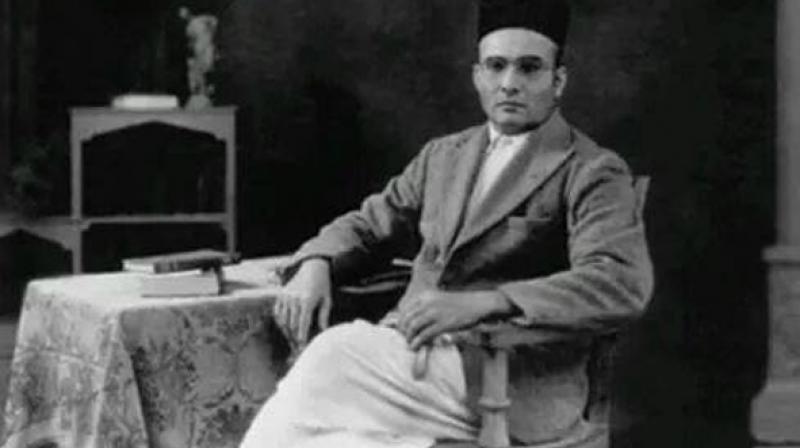
The Supreme Court further stated that:
“The Learned Amicus Curiae submitted that this finding was rendered after the demise of Shri Savarkar and no opportunity was given to Shri Savarkar or any of his representatives. He submitted that the finding is unfair since Shri Savarkar had been acquitted at the trial.”
Following the order, Dr. Phadnis said that he would now demand that Savarkar’s name be included in the schedule to the Emblems and Names (Prevention of Improper Use) Act, 1950.
Ranjit Savarkar, grandnephew of Veer Savarkar and Chairman of Swatantraveer Savarkar Rashtriya Smarak, hailed the judgment with the words:

“Veer Savarkar’s name was included in the Gandhi Murder case to defame him out of pure hate and for political reasons. Due to this, Veer Savarkar’s political career ended and one of the biggest parties of India, the Hindu Mahasabha became extinct. In spite of being acquitted by the Special Court, Veer Savarkar was being defamed as involved in Gandhi Murder Conspiracy by one baseless statement in the Kapoor Commission. The Supreme Court has once again proven that Savarkar remains unblemished”
The bid to revile Hindutva as an extremist and violent ideology has been an elaborate campaign spanning almost a century and still an uphill struggle, to accord to this philosophy of a deep spiritual bond with Indian civilisational ethos and the landmass that is its physical manifestation, as the identity of its people and basis of its nationhood, the mainstream space that it is worthy of. But this recent emphatic absolution of its principal proponent will prove to be decisive to this quest.
At the eve of the Supreme Court’s decision, the Swatantraveer Savarkar Rashtriya Smarak building and the Savarkar Sadan in Mumbai were decorated with colourful lights, a celebration of the closure of a dark chapter in life of ‘Veer Savarkar’ as he is known by his admirers. On his birth anniversary today, we hope Savarkar’s soul be released from the “Cellular Jail” of immurement by public condemnation.
Cover Picture:
Savarkar giving a speech in a post-independence felicitation function held at Ferguson College, Pune, from where he graduated.
(Source: Swatantraveer Savarkar Rashtriya Smarak)

Most comprehensive explanation and defense write-up on Shri Vinayak Damodar Savarkar…… Swatantra Veer Savarkar, I came across! Loved it!
please keep enlightening the lazy Hindus through your thankless, hardworking, and tiring research! If I can help in any way, I am ready to contribute my bit!